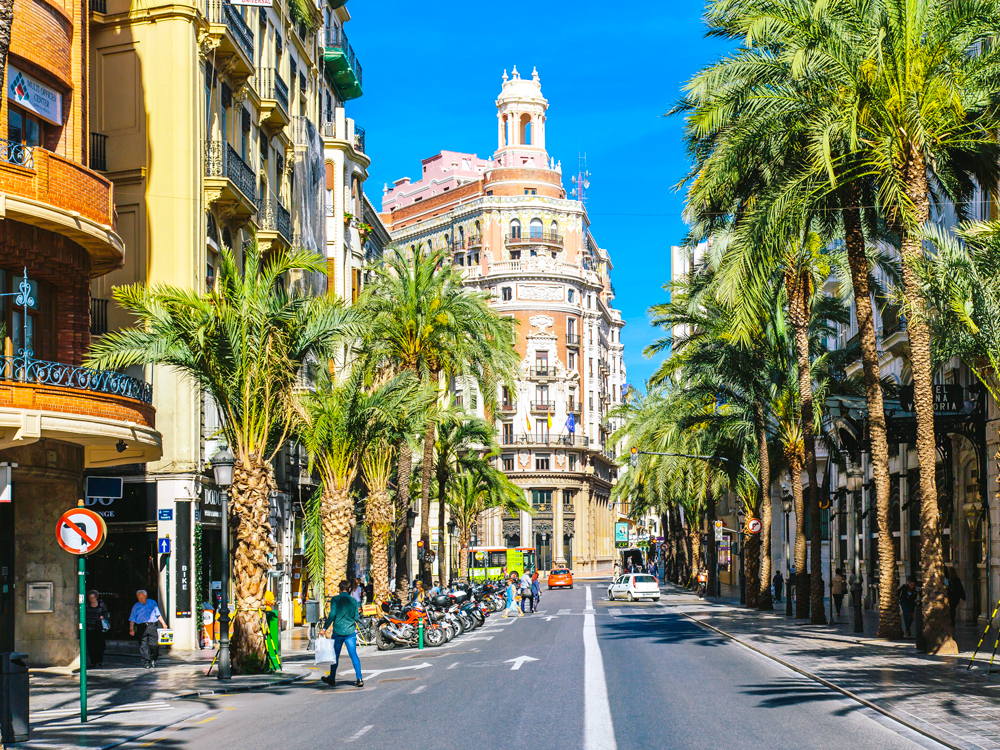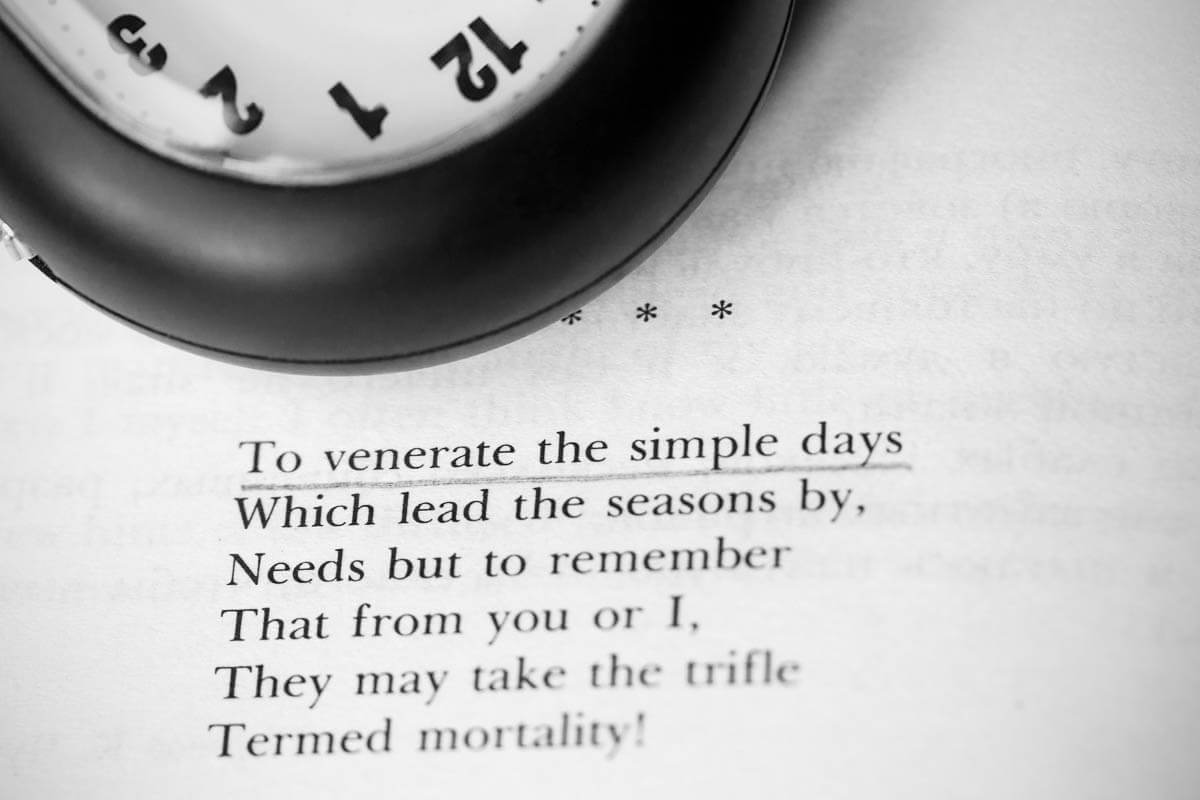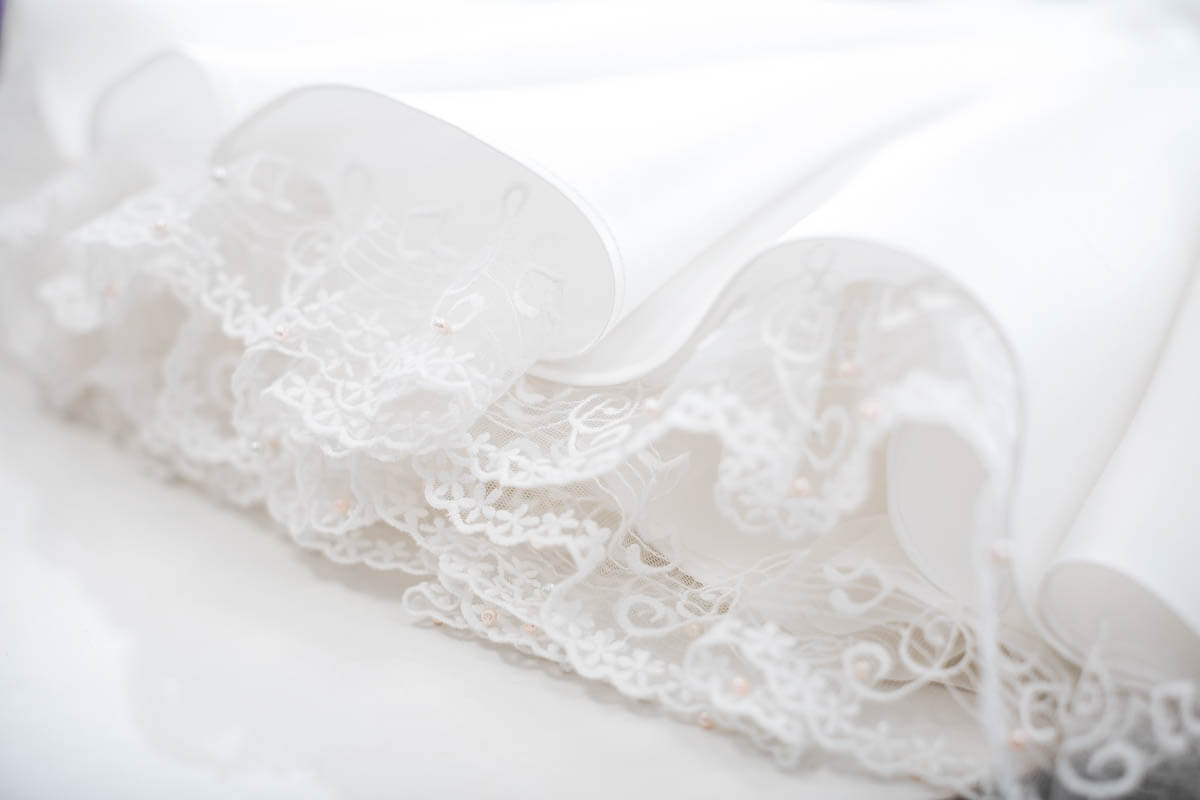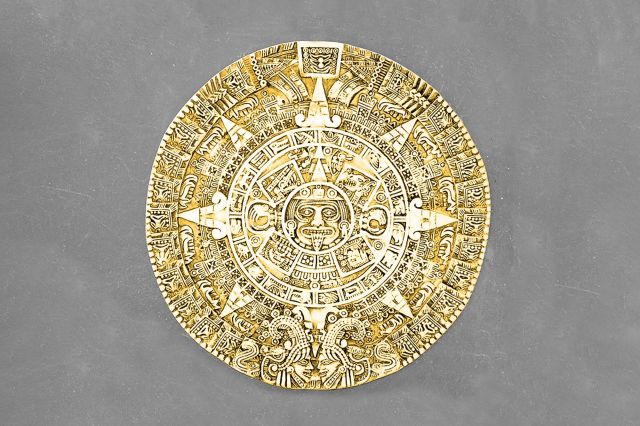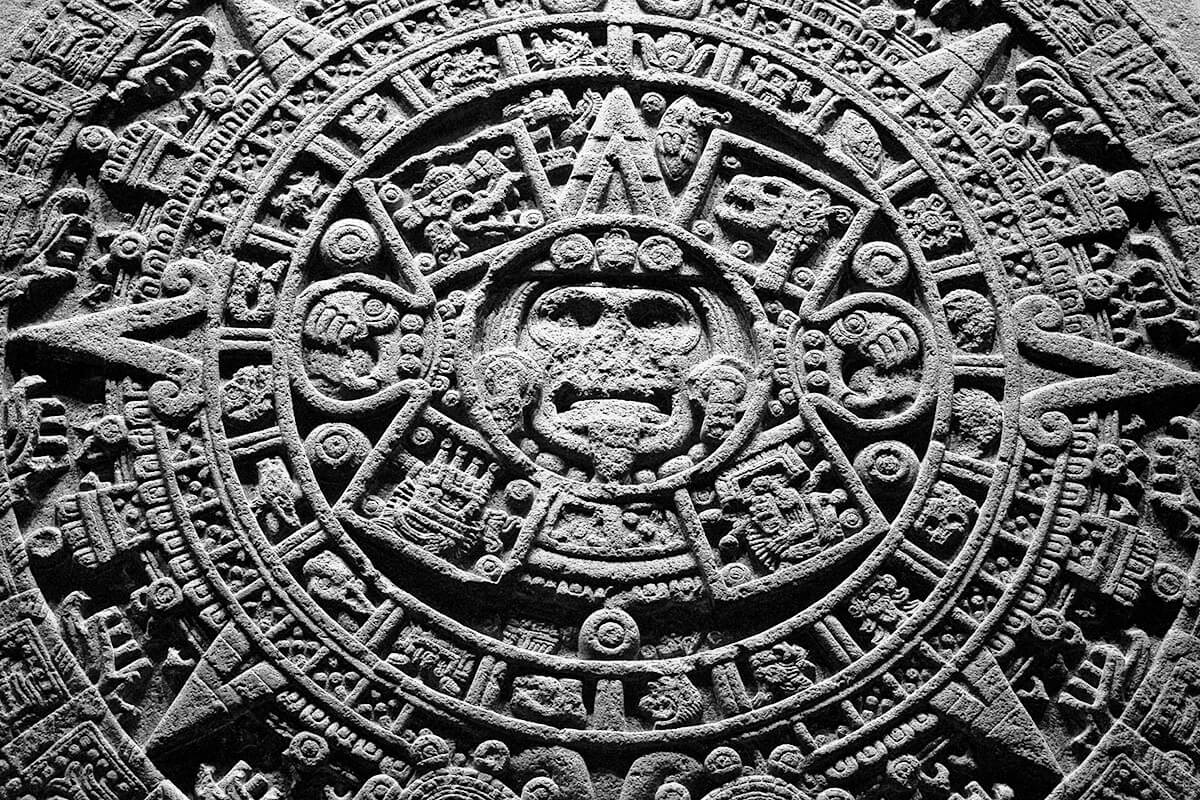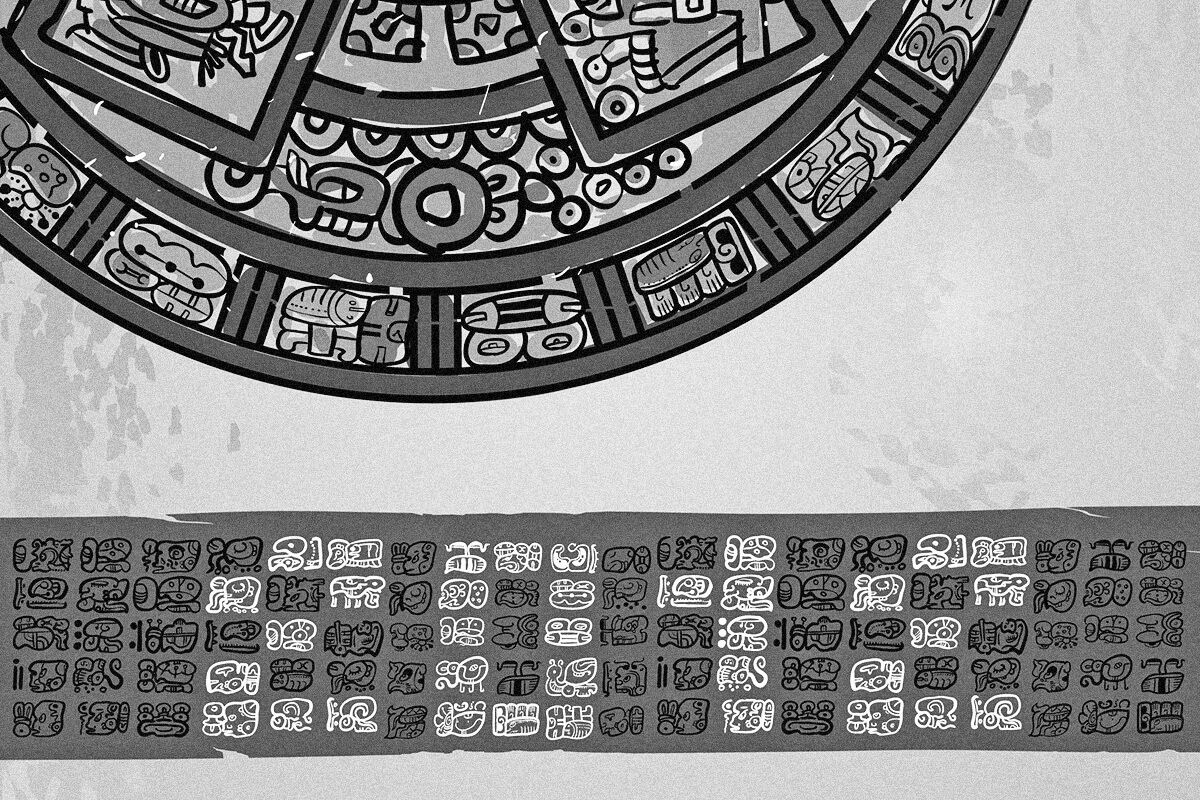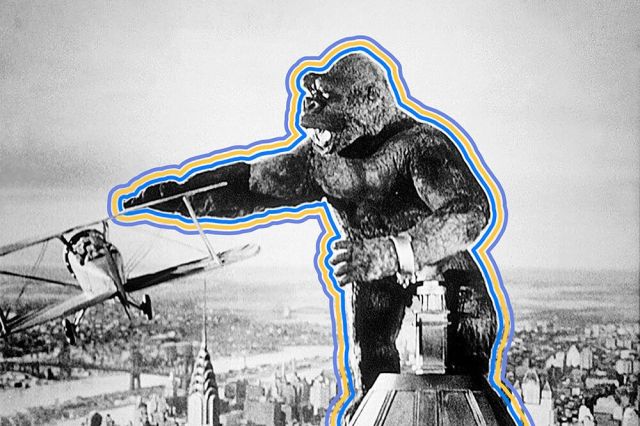9 Facts About Fish That Definitely Hold Water
Original photo by Dennis Forster/ Shutterstock

Fish are hardly exotic animals to those of us who spend our days on land. After all, we can spot them in a nearby lake or river, view the colorful varieties at a pet store, or peruse the edible ones at the grocery store. And yet, because they occupy a sphere of the planet inherently inhospitable to sustaining our own lives, they remain often-mysterious creatures. Here are nine things to know about our fishy friends, so near to us and still a world apart.

There Are More Than 36,000 Species of Fish
We’ve all likely heard the post-breakup adage that there are other fish in the sea, without stopping to consider the actual numbers behind the statement. By some estimates, there are 3.5 trillion fish in the world’s oceans. While that amount is difficult to verify, the oft-updated Eschmeyer’s Catalog of Fishes has zeroed in on more than 36,000 distinct species, a total that surpasses the combined species of amphibians, reptiles, birds, and mammals from the world’s remaining vertebrates.

Some Fish Can Breathe on Land
Although fish are largely equipped with gills to absorb oxygen from water, at least 450 species have developed some sort of physiological adaptation that also allows for air breathing. African lungfish, for example, possess a modified swim bladder that functions as a lung when these fish burrow into mud during times of drought. Snakeheads also sport primitive lungs that enable them to survive out of water for up to four days. And mudskippers are known to be quite active in swampy environments thanks to the ability to breathe through their skin and mouth lining.

Fish Have Been Around for More Than 500 Million Years
As the planet’s first vertebrates, fish mark an important place on the evolutionary ladder. The earliest fish, which left behind fossils more than 500 million years old, were jawless types known as agnathans. Although some of these creatures developed formidable-looking armor and spikes, agnathans were largely phased out after jawed fish, the gnathostomes, surfaced around 450 million years ago. Fish today largely fall into one of two categories: Osteichthyes, or bony fish, and Chondrichthyes, which include cartilaginous species like sharks and rays. The only jawless fish to survive into modern times are lampreys and hagfishes.

Fish Sizes Range From a Few Millimeters to 40 Feet Long
The largest fish in the world is the whale shark, which regularly surpasses 40 feet in length and 20 tons in weight, but has also reportedly reached extremes of 65 feet and 42 tons. The sunfish, known to top out at around 10 feet and around 5,000 pounds, is the largest bony fish. At the other end of the spectrum is the blink-and-you’ll-miss-it stout infantfish, which generally grows to about 7 millimeters and a weight of less than 1 milligram.

Fish Schools Have No Clear Leader
As opposed to shoals, which are loose collections of fish in a given area, schools are marked by the highly synchronized movements of a group of swimmers who turn, dart, and dive in near-unison. Beyond providing an impressive underwater display, schools serve a practical function by helping individuals swim and eat more efficiently and providing safety in numbers. Unlike with, say, a flying flock of geese, there is no one leader who sets the tone for the rest of the school to follow; fish instead react to the actions of their immediate neighbors, thanks to a sensory system that detects changes in movement and pressure, known as the lateral line.

Fish Communicate in Numerous Ways
Given the massive numbers and diversity of fish found throughout the world’s waterways, it should come as no surprise that these animals have developed wide-ranging methods of communication. Some relay information about schooling, mating, and territorial marking by way of chemical signals, while others get the message across by emitting electrical pulses or light. Additionally, researchers have come to realize that fish communicate with sounds far more frequently than previously thought, with more than 800 species expressing themselves by way of various grunts, groans, barks, moans, and hoots.

You Can Tell a Fish’s Age by Counting Its Rings
They may not sport wooden trunks like trees, but bony fish do have ear stones known as otoliths, which grow at varying intervals through the course of a lifetime. Calcium carbonate accumulates on these structures in a thick, opaque layer during heavier feeding periods, usually in summer, but accrues in a thinner, more translucent layer when food supplies are sparse; taken together, a set of alternating light-dark rings counts as one year of growth. Similarly, ever-growing fish scales produce rings of alternating thickness as surrounding water temperatures heat, cool, and heat again, and can be paired off to delineate a passing year.

Fish Have Shown a Capacity to Learn and Solve Problems
Although the consumption of fish is known to be good for our brains, fish are largely dismissed when it comes to naming the smartest animals. Yet recent evidence has shown that fish possess stronger cognitive capabilities than originally believed — they can use tools to obtain food and even perform rudimentary math. The scientists behind a 2014 study also demonstrated that goldfish could be trained to “drive” a tank mounted on wheels, revealing navigational abilities that transcend the context of their immediate environments.

Fish Are Popular and Inexpensive Pets
While not as playful or snuggly as other common domestic animals, fish are among the most popular pets around. According to the American Pet Products Association, freshwater fish resided in approximately 11.1 million U.S. households in 2023; that placement ranked third behind dogs (65.1 million households) and cats (46.5 million). And the reason for this may well be the relatively low financial expenditures required: In 2018, per Business Insider, pet owners were shelling out nearly $140 per month for dogs and $93 for cats, but just $62.53 per month for their aquatic companions.

Tim Ott has written for sites including Biography.com, History.com, and MLB.com, and is known to delude himself into thinking he can craft a marketable screenplay.
top picks from the optimism network
Interesting Facts is part of Optimism, which publishes content that uplifts, informs, and inspires.





